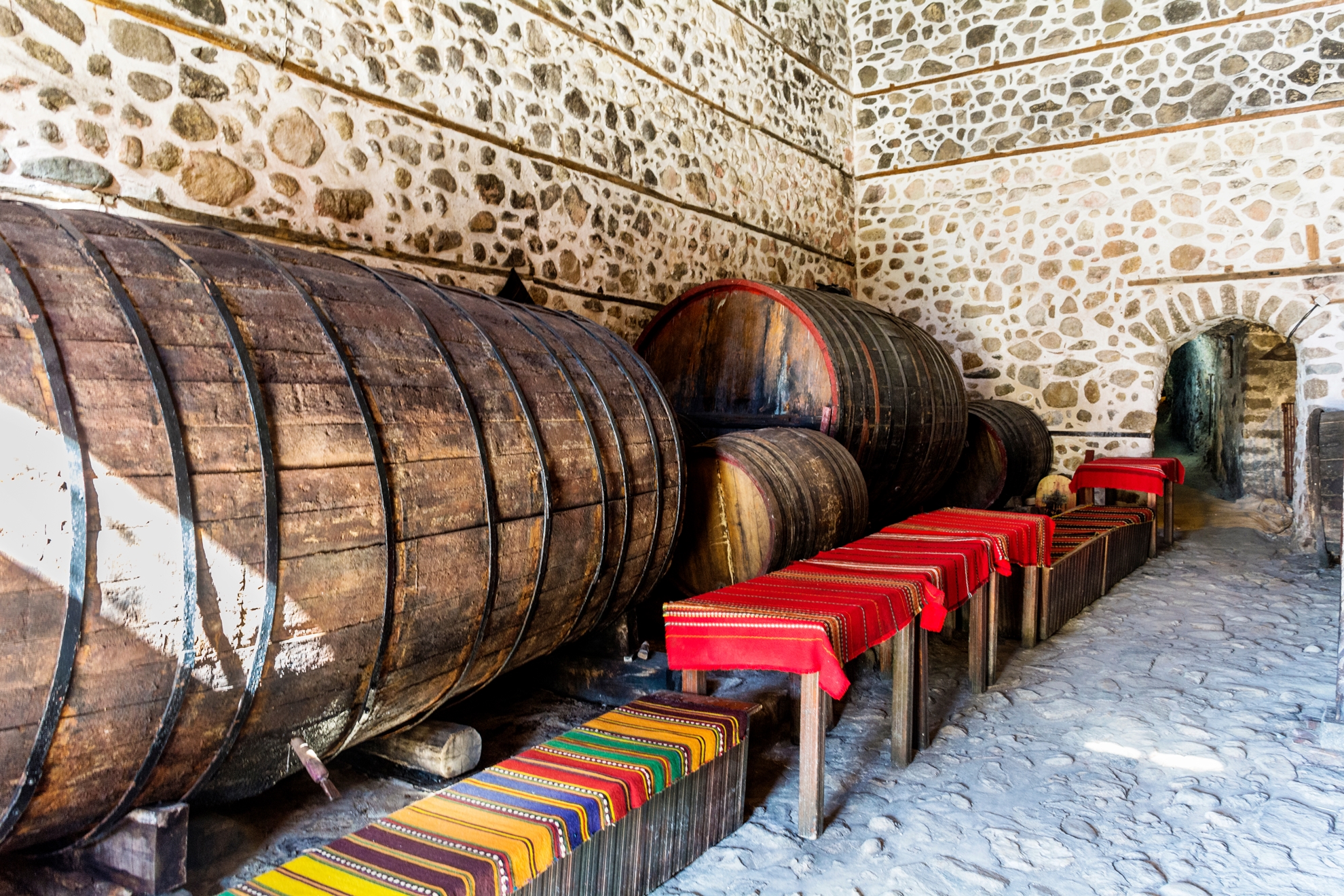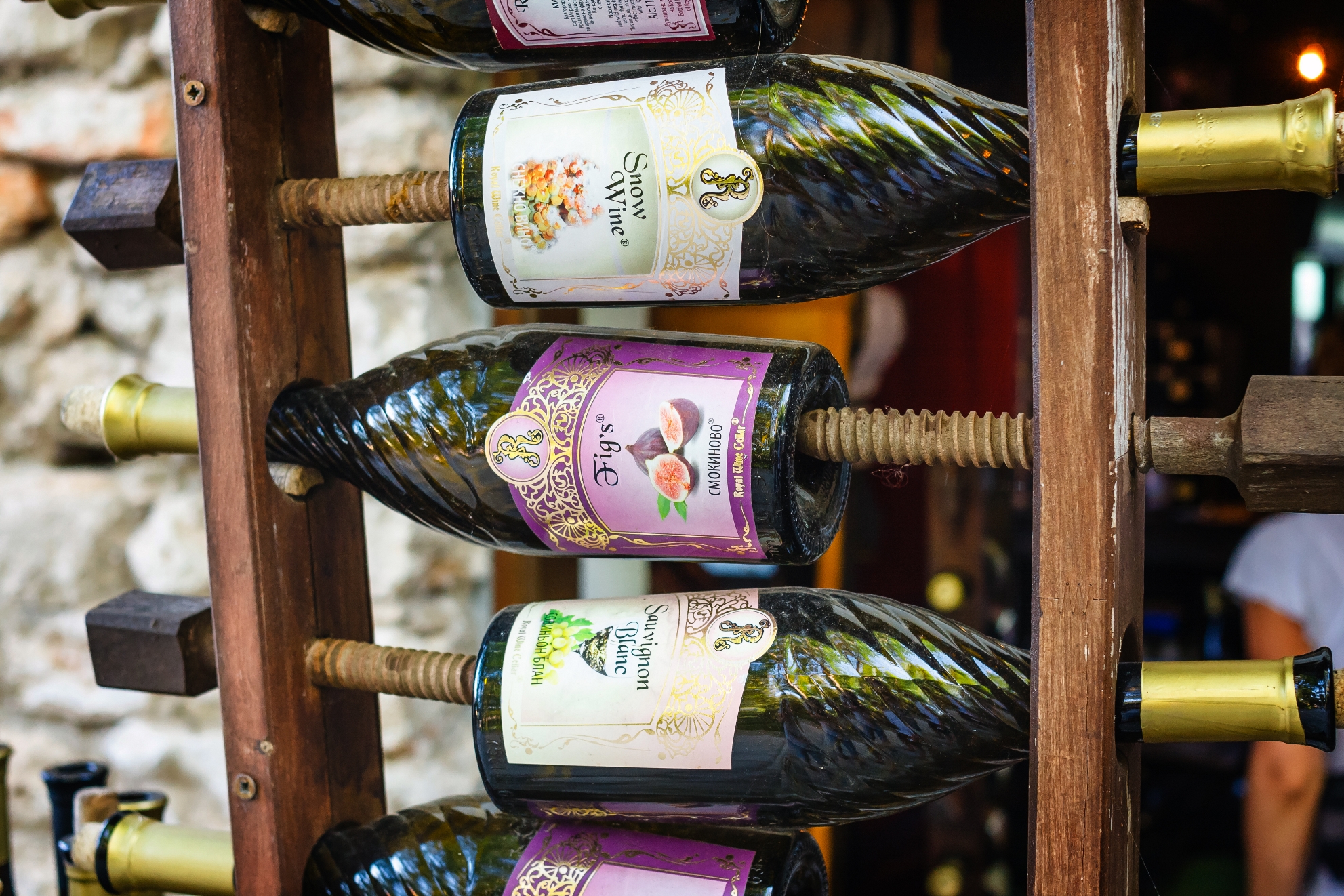Located south of the Balkan Mountains, bounded by the Black Sea to the east and Greece to the south, Bulgaria’s Thracian Valley is considered by many historians to be one of the oldest winemaking regions in the world. Historical and archaeological research proves the belief that grape vines were first cultivated and produced in the territory of present-day Bulgaria. Evidence can be traced back to the Thracians 7000 years ago. The lowlands have a mild climate, rolling hills and a maritime influence that provide a perfect environment to grow grapes. There are over 40 Bulgarian indigenous grape varieties. The most popular are Mavrud, Rubin, Pamid, Ruen, Cherven Misket, Melnik, Gamza, Gergana, Tamianka.
Modern Bulgaria is gradually finding its identity as a modern wine-producing nation, discovering new terroirs, grape varieties and styles. A steady process of establishing a particular 'Bulgarian' wine style is continually going on, while at the same time opting for reliable, marketable grape varieties such as Cabernet Sauvignon, Merlot, Syrah, Chardonnay, Riesling, Sauvignon Blanc and Muscat.
As a wine country Bulgaria is geographically divided into five wine producing regions. Each one has its own specific characteristics.
The most important of them are:
DANUBIAN PLAIN
The northern Bulgarian region is characterized by a temperate continental climate with hot summers and a large number of sunny days. It covers the central and western parts of the Danube Plain, the southern bank of the Danube and its adjacent regions. Muscat Ottonel, Gamza, Cabernet Sauvignon, Merlot, Chardonnay, Aligote, Pamid and others are common. It produces quality white dry wines, natural sparkling wines according to the classical technology and quality red wines, which are characterized by a rich fruity aroma and fresh taste.
THRACIAN VALLEY
In the South Bulgarian region, the climate is temperate continental with good rainfall throughout the growing season. It includes the central parts of the Thracian Plain and parts of Sakar. Most of the red grape varieties are concentrated in this area. Mavrud, Merlot, Cabernet Sauvignon, Red Misket, Pamid and others are grown. The climatic conditions of the area, protected by harsh north winds, favor the production of sumptuous rich, solid, memorable red quality wines of the Cabernet Sauvignon and Mavrud varieties. The wines of the typically local Mavrud variety are particularly valued because they combine the aroma and taste of red small fruits, spices and herbs.
In Bulgaria February 14th is the Day of Winegrowers and Winemakers: St. Trifon’s Day.
St. Trifon Zarezan is the patron saint of winegrowers and winemakers. Every year on February 14th Bulgarians pay homage to St. Trifon by partaking in wine festivities in villages, wineries and vineyards across the country.

